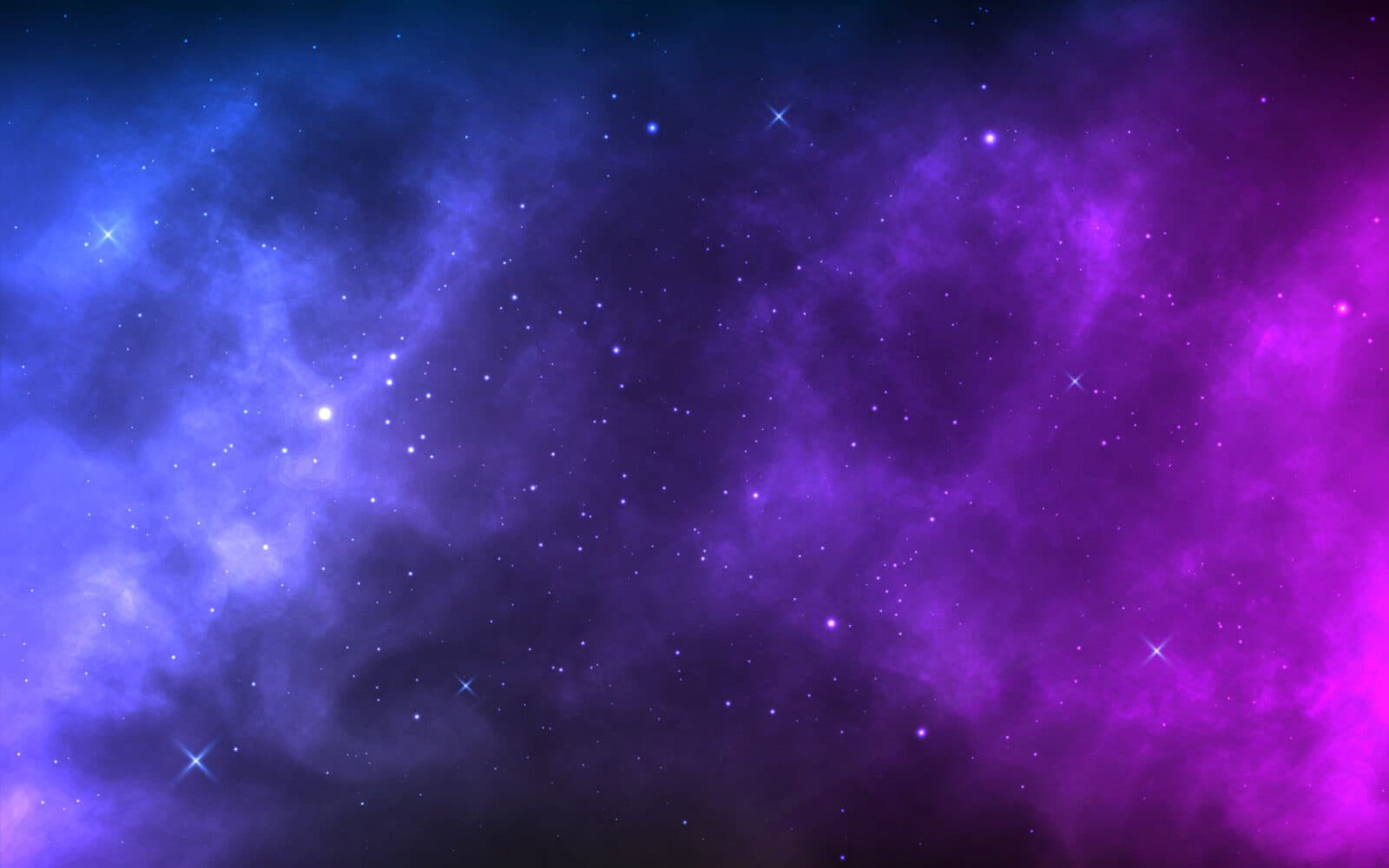Spotlight Live: Hubble's eXtreme View
by Bruce Lieberman
Astronomers recently released humanity’s deepest-ever image of the universe

The Author
The Researchers
A MULTI-NATIONAL TEAM OF ASTRONOMERS recently released humanity’s deepest-ever image of the universe, assembled from data compiled by the Hubble Space Telescope over the past decade. Called the eXtreme Deep Field, or XDF, the image details a patch of sky within the Hubble Ultra Deep Field, released in 2009 and previously the deepest view to date. The new XDF image contains about 5,500 galaxies, and it pushes our view of the distant universe back to 500 million years after the Big Bang – about 13.2 billion years ago. The period the image reveals is an important time in the history of the universe, when the first stars and galaxies were burning through a fog of neutral hydrogen gas that permeated space – an epoch known as reionization.
Like photographers assembling a portfolio of best shots, astronomers have assembled a new, improved portrait of mankind's deepest-ever view of the universe. Called the eXtreme

Deep Field, or XDF, the photo was assembled by combining 10 years of NASA Hubble Space Telescope photographs taken of a patch of sky at the center of the original Hubble Ultra Deep Field. The XDF is a small fraction of the angular diameter of the full Moon.
On October 4, science writer Bruce Lieberman asked questions from viewers about this latest stunning image during a video interview with two members of the team that released it: Pascal Oesch, a Hubble Fellow at the University of California, Santa Cruz, and Michele Trenti of the Kavli Institute of Cosmology, University of Cambridge, United Kingdom.
About the Participants
- PASCAL OESCH is a Hubble Fellow at U.C. Santa Cruz who works on Hubble Space Telescope data of the very distant universe to study galaxy evolution across cosmic time. He is particularly interested in learning about the first generations of galaxies, and the impact they had on clearing the neutral hydrogen fog that permeated the universe at very early times. This transition is known as the reionization epoch. Other research interests include the evolution of structure in galaxies.
- MICHELE TRENTI is a researcher at the Kavli Institute for Cosmology, University of Cambridge (KICC), as well as a Kavli Fellow at the Institute of Astronomy (IoA) at Cambridge. His research focuses on galaxy formation and evolution at high redshifts, as well as studying the universe’s first population of stars, which are collectively known as Population III stars. Trenti also is interested in the dynamical evolution of globular clusters, and learning about the intermediate mass black holes at their center. He completed his undergraduate (2001) and graduate (2005) education in Physics in Italy, at Scuola Normale Superiore of Pisa.
- BRUCE LIEBERMAN is a freelance journalist with more than 20 years of experience in the news business. He worked as a reporter at daily newspapers for many years before becoming an independent writer and editor in 2010. For The Kavli Foundation, Bruce has interviewed researchers about galaxy clusters, dark matter and dark energy, string theory, the emergence of the first stars and galaxies, exoplanets and other subjects. He has also written for Scientific American, Smithsonian Air & Space magazine, and Nature about a variety of science topics.